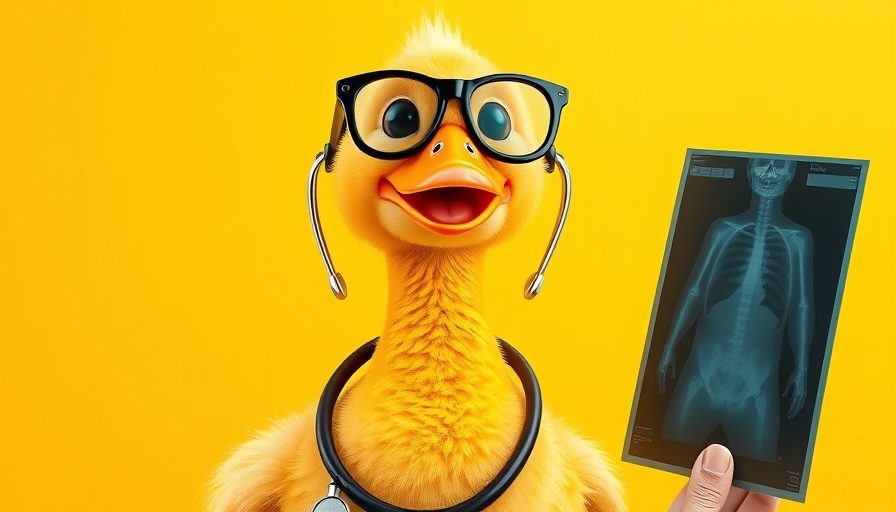
Investor Exodus: A Crisis for Unicorn Startups
In a stark reflection of an industry in turmoil, Aileen Lee has provided unsettling insights into the challenges currently facing unicorn companies—startups valued at $1 billion or more. During a recent episode of the StrictlyVC Download podcast, Lee pointed out that the recent wave of investor exits has not only bought turmoil for these valuable entities but added complications as they grapple with uncertain futures driven by loss of support and resources.
The Underlying Causes of the Unicorn Crisis
According to Lee, many unicorns find themselves orphaned, abandoned by the investors who once championed them. This disassociation has largely stemmed from a venture capital landscape that seemed flush with cash during the low-interest-rate environment of the COVID-19 pandemic. Investors, eager to cash in on the boom, often overlooked due diligence in favor of aggressive funding, resulting in unsustainable valuations and fragile financial structures.
In the aftermath, limited partners (LPs) are now questioning their oversight roles, as detailed in a report from Business Insider. Some LPs express apprehension about criticizing their venture managers, fearing it might hinder their access to future investments. “Everybody wants to get into brand-name funds,” Lee pointed out, hinting at the unspoken relationships that hold sway over investment decisions.
Implications for Healthcare Technology
The repercussions of this disorder are particularly urgent for the healthcare technology sector. Many startups in this field, which rely on funding to deliver innovative solutions such as telemedicine and electronic health records, are at risk. With fewer funds available and increased skepticism about unicorn valuations, the ability for these startups to thrive is threatened.
Navigating the Future: What Lies Ahead?
The critical question remains: how can these orphaned unicorns secure their futures? As Lee notes, the lack of mentorship and guidance in younger VC employees has compounded the issue, with many not receiving the necessary training to navigate market downturns effectively. Experienced firms must reassess their strategies and restore focus on solidifying relationships with both startups and LPs to stabilize their ventures.
Overall, the venture capital landscape is shifting. The recent exodus of investors could yield a more critical evaluation of unicorn valuations, leading to potential consolidation in the market as companies seek partnerships for shared resilience.
For those involved in the healthcare technology sector, keeping tabs on these shifts is vital. As unicorns face existential challenges, understanding how they adapt could unveil unique partnership opportunities and innovative frameworks for investment beyond unicorn valuations.
 Add Row
Add Row  Add
Add 




Write A Comment